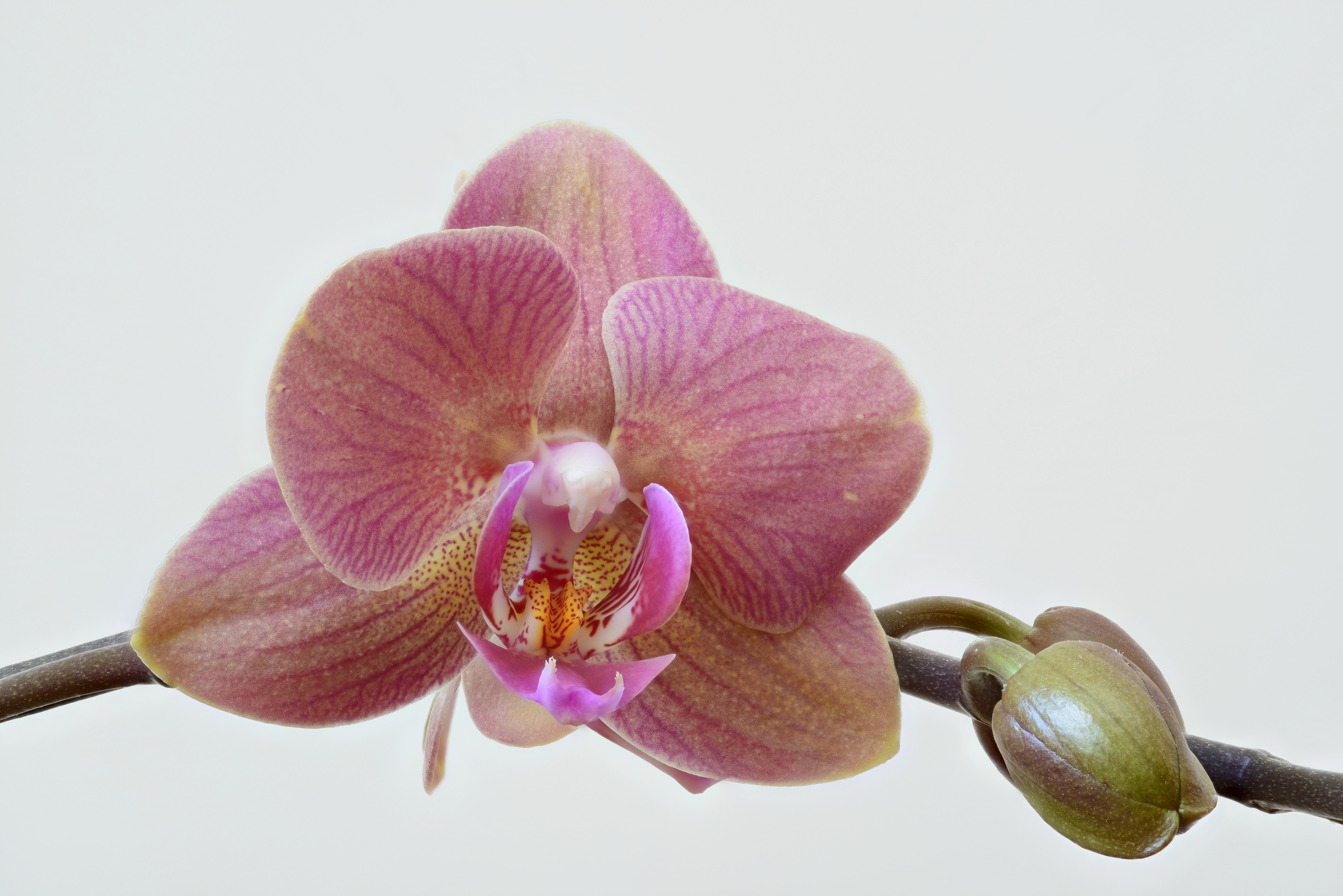|
Microthelys
''Microthelys'' is a genus of flowering plants from the orchid family, Orchidaceae. Its species are native to Mexico, Central America and Ecuador. #''Microthelys constricta'' (Szlach.) Szlach. - central Mexico #''Microthelys hintoniorum'' (Todzia) Szlach., Rutk. & Mytnik - Nuevo León #''Microthelys intagana'' (Dodson & Dressler) Szlach. - Ecuador #''Microthelys markowskiana'' (Szlach.) Szlach. - Oaxaca #''Microthelys minutiflora'' (A.Rich. & Galeotti) Garay - from San Luis Potosí south to Guatemala #''Microthelys nutantiflora'' (Schltr.) Garay - Guatemala, Costa Rica #''Microthelys rubrocallosa'' (B.L.Rob. & Greenm.) Garay - from central Mexico south to Guatemala See also * List of Orchidaceae genera References * (1980) Botanical Museum Leaflets 28 (4): 336. * (2003) Genera Orchidacearum 3: 227 ff. Oxford University Press. * 2005. ''Handbuch der Orchideen-Namen. Dictionary of Orchid Names. Dizionario dei nomi delle orchidee''. Ulmer, Stuttgart External links * ... [...More Info...] [...Related Items...] OR: [Wikipedia] [Google] [Baidu] |
List Of Orchidaceae Genera
This is a list of genera in the orchid family (Orchidaceae), originally according tThe Families of Flowering Plants- L. Watson and M. J. Dallwitz. This list is adapted regularly with the changes published in the ''Orchid Research Newsletter'' which is published twice a year by the Royal Botanic Gardens, Kew. The most up to date list of accepted; genera, natural nothogenera, species and natural nothospecies with their synonyms can be found on the World Checklist of Selected Plants FamilieSearch Pagepublished by the Royal Botanic Gardens, Kew. This list is reflected on Wikispecies Species:Orchidaceae, Orchidaceae and the new eMonocot websitOrchidaceae Juss. This Taxonomy (biology), taxonomy undergoes constant change, mainly through evidence from DNA study. Orchids were traditionally defined by morphological similarity (structure of their flowers and other parts). However, recent changes to nomenclature have been driven primarily by DNA studies and also by re-examination of herbarium ... [...More Info...] [...Related Items...] OR: [Wikipedia] [Google] [Baidu] |
Genus
Genus ( plural genera ) is a taxonomic rank used in the biological classification of living and fossil organisms as well as viruses. In the hierarchy of biological classification, genus comes above species and below family. In binomial nomenclature, the genus name forms the first part of the binomial species name for each species within the genus. :E.g. '' Panthera leo'' (lion) and '' Panthera onca'' (jaguar) are two species within the genus ''Panthera''. ''Panthera'' is a genus within the family Felidae. The composition of a genus is determined by taxonomists. The standards for genus classification are not strictly codified, so different authorities often produce different classifications for genera. There are some general practices used, however, including the idea that a newly defined genus should fulfill these three criteria to be descriptively useful: # monophyly – all descendants of an ancestral taxon are grouped together (i.e. phylogenetic analysis should c ... [...More Info...] [...Related Items...] OR: [Wikipedia] [Google] [Baidu] |
Flowering Plant
Flowering plants are plants that bear flowers and fruits, and form the clade Angiospermae (), commonly called angiosperms. They include all forbs (flowering plants without a woody stem), grasses and grass-like plants, a vast majority of broad-leaved trees, shrubs and vines, and most aquatic plants. The term "angiosperm" is derived from the Greek words ἀγγεῖον / ('container, vessel') and σπέρμα / ('seed'), meaning that the seeds are enclosed within a fruit. They are by far the most diverse group of land plants with 64 orders, 416 families, approximately 13,000 known genera and 300,000 known species. Angiosperms were formerly called Magnoliophyta (). Angiosperms are distinguished from the other seed-producing plants, the gymnosperms, by having flowers, xylem consisting of vessel elements instead of tracheids, endosperm within their seeds, and fruits that completely envelop the seeds. The ancestors of flowering plants diverged from the common ance ... [...More Info...] [...Related Items...] OR: [Wikipedia] [Google] [Baidu] |
Orchidaceae
Orchids are plants that belong to the family Orchidaceae (), a diverse and widespread group of flowering plants with blooms that are often colourful and fragrant. Along with the Asteraceae, they are one of the two largest families of flowering plants. The Orchidaceae have about 28,000 currently accepted species, distributed in about 763 genera. (See ''External links'' below). The determination of which family is larger is still under debate, because verified data on the members of such enormous families are continually in flux. Regardless, the number of orchid species is nearly equal to the number of bony fishes, more than twice the number of bird species, and about four times the number of mammal species. The family encompasses about 6–11% of all species of seed plants. The largest genera are '' Bulbophyllum'' (2,000 species), '' Epidendrum'' (1,500 species), '' Dendrobium'' (1,400 species) and '' Pleurothallis'' (1,000 species). It also includes '' Vanilla'' (the genus ... [...More Info...] [...Related Items...] OR: [Wikipedia] [Google] [Baidu] |
Mexico
Mexico ( Spanish: México), officially the United Mexican States, is a country in the southern portion of North America. It is bordered to the north by the United States; to the south and west by the Pacific Ocean; to the southeast by Guatemala, Belize, and the Caribbean Sea; and to the east by the Gulf of Mexico. Mexico covers ,Mexico '' The World Factbook''. . making it the world's 13th-largest country by area; with approximately 12 ... [...More Info...] [...Related Items...] OR: [Wikipedia] [Google] [Baidu] |


